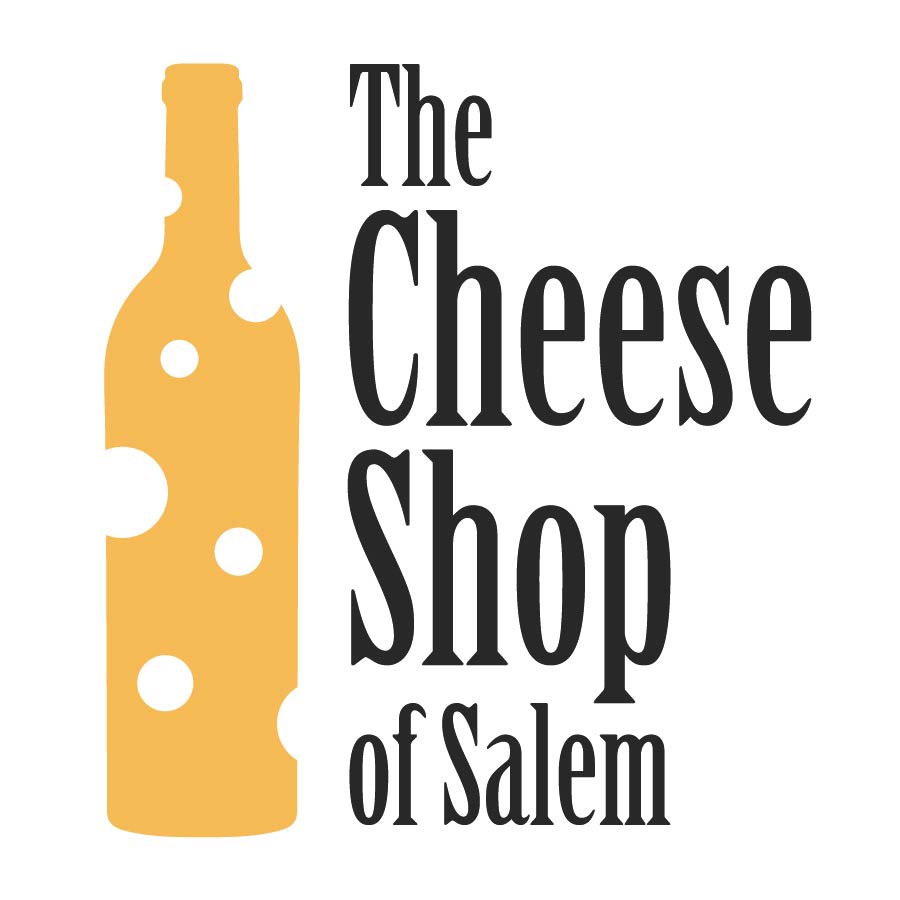Tymsboro
We received a box of cheese from Neal’s Yard Dairy (an exporter in London who practices affinage (cheese aging) and works very closely with cheesemakers) as we do most weeks, but this week we received something extra special. The goat cheese Tymsboro, made by Mary Holbrook at Sleight Farm in Somerset, England, rarely crosses the ocean to our shop. Before starting her second life as a goat farmer, Mary was an archeologist working in museums until her husband inherited a farm in the 1970s. Although she knew nothing about cheesemaking, she jumped in and has been making these tasty goaties ever since.
From this short video online, which I suggest you watch if you need to be calmed, her farm looks exactly like you’d picture - rolling hills, goats wandering about on the vivid green fields dotted with wildflowers, Mary walking around in a black work clothes with a ready smile and laugh. It makes me want to move to rural England! Well, at least for the springtime, and maybe if there’s not too much rain and if I get to have lots of tea...
Anyway, Mary milks 100-120 goats, which she calls “the League of Nations because they’re many different shapes, sizes, colors.” Throughout the milking and cheesemaking process, the milk is handled very carefully to ensure better flavor. It goes through a slow, lactic fermentation, which adds to the tangy, lemon flavor in Tymsboro, to separate the curds and whey. The curds are carefully drained, salted, and scooped into point-less pyramid molds modeled after the classic French goat cheese Valençay. After a quick drain, the Tymsboro is covered in ash and left to age for a few weeks. By the time we receive it, it has a very pretty snowy white rind and a bright white paste with a thin layer of ash on the outside. Not only is it beautiful, but it also has personality! While it is inspired by Valençay, Tymsboro taste is all its own. This batch has a fruity profile, like blueberries, becoming tangy and lemony, finishing with flavors of a grilled steak. I feel like this cheese should be eaten alone to appreciate its complexity, perhaps with a glass of Sancerre as a nod to the birthplace of Valençay. If you can find a nice grassy place to eat and drink, then I recommend pretending you’re in the English countryside with Mary and her goats just out of sight over the next hill.
For the love of cheese and Mary Holbrook’s League of Nations,
Kiri


